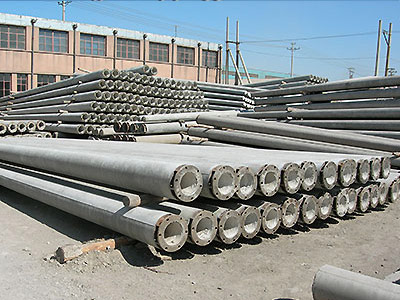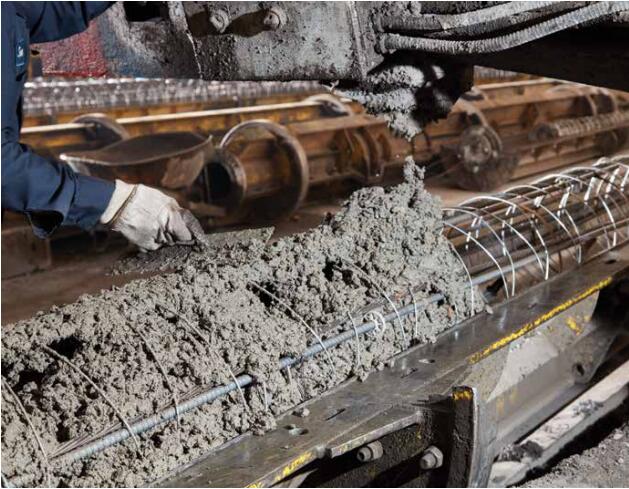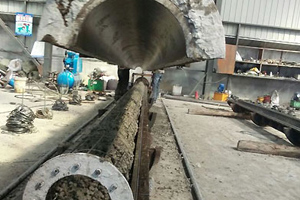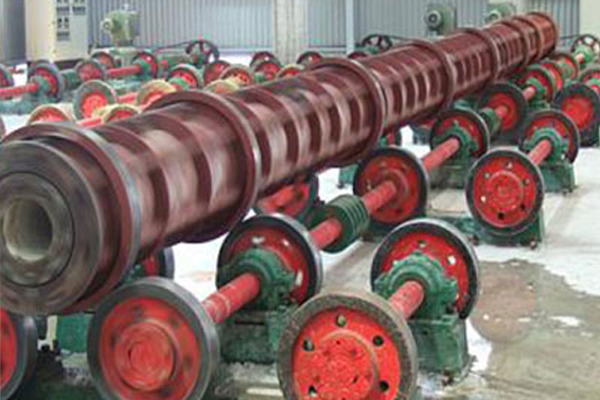The centrifuge is in the implementation international JC/T882 1,996 foundations, especially for the production annular reinforced concrete telephone pole, distribution, and drainage pipe manufactures. Its principle is in makes the centrifugal force using the object which the circular motion produces, causes the concrete to carry on the synthesis dense processing, enables in the unit concrete mixture through the centrifuge high speed rotation to obtain the quite big dense energy, can enable the concrete compactness in a shorter time to meet the anticipated requirements.







There’s no denying that fastener installation is a crucial part of any construction project. If you’re anything like us, you probably curse the day you ever had to use a screwdriver. But with the right fastener setting tool, installation can be a breeze. And what better way to make sure your tools are always up to speed than with a P88 fastenering making machine?
A PFastenering Machine is a machine that uses screws, rivets, and bolts to attach two pieces of material together. It is often used in construction, manufacturing, and engineering.
PFastenering machines are available in a variety of sizes and shapes. They can be used to attach wood, metal, plastic, and other materials together. They are also versatile enough to be used in a wide range of applications.
The main advantage of PFastenering machines is their precision. They are able to attach the materials precisely without causing damage or distortion. This makes them ideal for use in high-quality applications.
Another advantage of PFastenering machines is their speed. They are able to make hundreds or even thousands of screws, rivets, and bolts per minute. This makes them perfect for use in fast-paced environments.
1. PFastenering machine has many advantages over traditional hand fastening methods.
In traditional hand fastening, workers have to use both hands to fasten the joint. This can be time-consuming and difficult, especially if there are a lot of joints to be fastened. PFastenering machines eliminate this problem by using a pincer mechanism that grabs the edge of the hole and pulls it tight. This makes fastening a joint much faster and easier than with traditional methods.
2. PFastenering machines are also more accurate than traditional hand fastening methods.
Traditional hand fastening often results in crooked joints because workers do not have accurate control over the placement of the screws. PFastenering machines, on the other hand, use sensors that monitor the position of the screws at all times, preventing them from becoming crooked.
3. PFastenering machines are also more efficient than traditional hand fastening methods.
Traditional hand fastening often requires a lot of manpower to complete a job quickly. With PFastenering machines, however, workers can complete jobs much faster due to their automated nature.
To use a PFastenering Machine, you first need to load the parts you want to fasten into the machine. You can do this by loading the parts into one of the two feeders on the machine. The feeder on the left is for large parts, and the feeder on the right is for small parts.
Once you have loaded the parts, you need to select the type of fastening that you want to do. There are six types of fasteners that are available on this machine: screw, bolt, nut, washer, sealant, clip and clamp. You can select which type of fastener to use by pressing the corresponding button on the control panel.
After you have selected your fastener, you need to press the start button on the control panel. The machine will then start fastening the parts together. It will take a few minutes for the machine to finish fastening all of the parts together. Once it has finished, you can remove the parts from the machine by using one of the two release buttons.
If you're looking for a fastener that can keep up with your high-speed production needs, then you need to check out the P88 fastenering making machine. This machine is versatile and efficient, and it can handle a variety of materials quickly and easily. Plus, its low running costs are ideal for businesses on a budget. So if you're in need of a fastener that can handle high volumes quickly and easily, then the P88 is definitely worth considering.
P88 Fastenering Making Machine